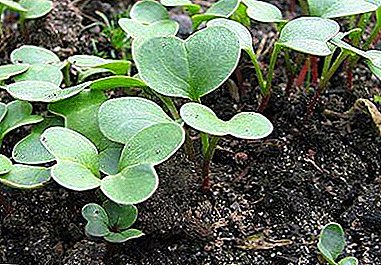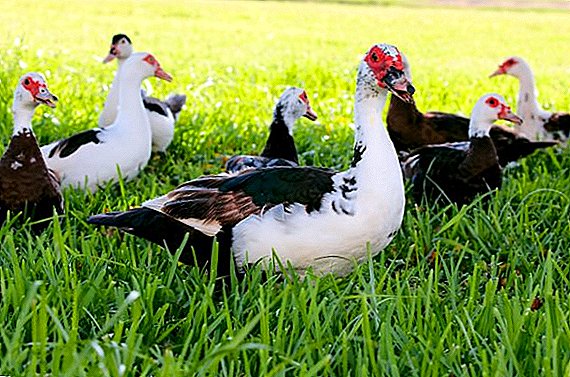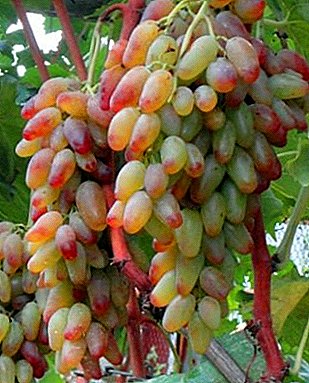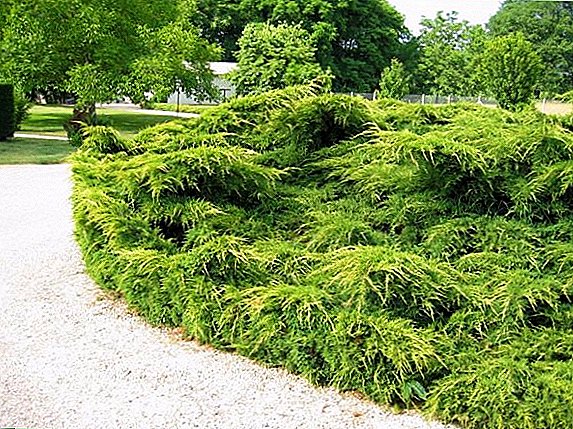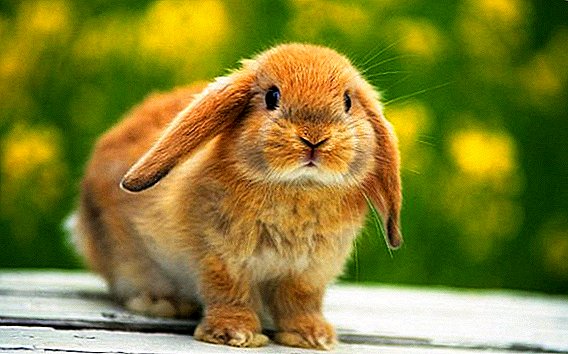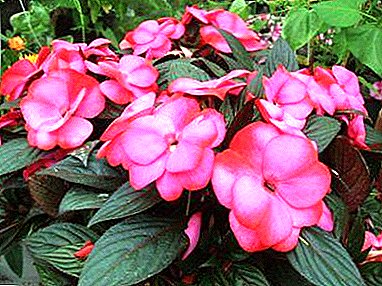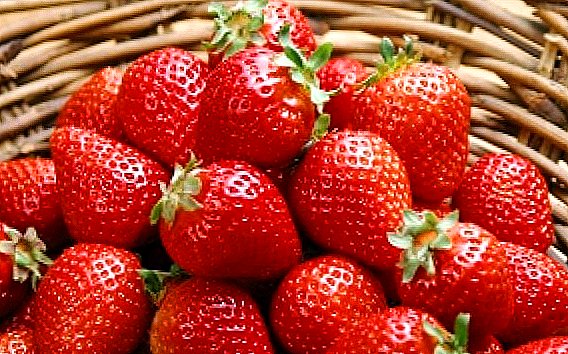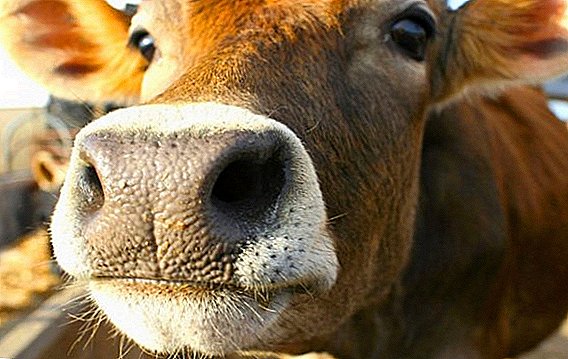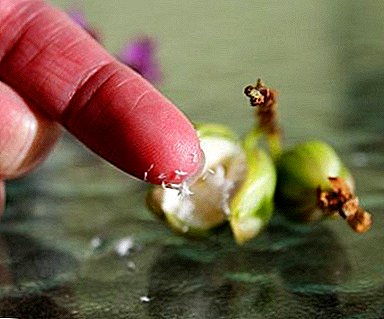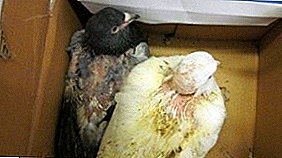
Favus, scab (Favus) - a fungal infection. The causative agent of the disease is a fungus of the genus Favus, which has a branched narrow mycelium.
The disease is chronic, characterized by lesions of the skin and its appendages. Scar-atrophic changes that appear on the sites of lesions appear on the affected areas of the skin. Most often the disease affects the skin, feathers, claws and internal organs.
The causative agent called Trichophyton. T. gallinae Megnin causes disease in domestic and wild animals, as well as in animals and birds grown in agriculture. From poultry, turkey, hens and ducks are sick with favus.
What is scab in birds?
 The scab fungus was first identified and studied in 1839 by the German physician Johann Lucas Schönlein.
The scab fungus was first identified and studied in 1839 by the German physician Johann Lucas Schönlein.
The biology and morphology of this fungus has been carefully studied, studies have been published both in foreign and in domestic medical literature.
The most complete works on this topic are the works of Peak, Viruzhsky, Unna and Krall. In their work, studies were conducted on the effects of scab on both humans and animals and birds.
The most common fungus favus in Asia and America, but to a greater or lesser extent, it is found in all countries where industrial poultry farming is developed. The source of the disease can be infected birds, it is also possible indirect transfer (through direct contact with objects containing the pathogen).
Economic indicators of damage inflicted by scabs are not too optimistic.
The damage lies in the loss of poultry fatness, reduced productivity, mass disease, and, finally, mortality from a favus (with adequate therapy, the percentage of mortality is small). A significant part of the damage is the cost necessary to perform restrictive measures.
Causative agents of the disease
 Trichophiton Gallinae (Trichophyton. T. gallinae Megnin) is the causative agent of pavus in poultry.
Trichophiton Gallinae (Trichophyton. T. gallinae Megnin) is the causative agent of pavus in poultry.
When the pathological material is collected, many-sided or round spores are revealed, which are located either in the form of a cluster or in chains.
When studying the hair scab affected, it is noticeable that the elements of the fungus are located along its length. Small fat drops and air bubbles are found on the affected areas.
These factors are what distinguishes the fungus Achoreon from similar dermatophytes. A characteristic feature is that the hair is never completely filled with fungus..
As a result, the hair retains its length, does not break, but at the same time changes color - becomes gray. The threads and spores of the fungus favus are outside the hair, it strikes ectothrix-like poultry feathers.
The emergence of the disease contributes to too crowded poultry. It leads to increased injury to parts of the bird's body. In conditions of tightness, the scab spreads slowly, but the number of affected birds can be significant.
Symptoms and course
 The clinical picture of the disease differs depending on the conditions of infection.
The clinical picture of the disease differs depending on the conditions of infection.
With natural infection, the incubation period can last several months. With artificial infection, this period is only three weeks.
Poultry may still be infected with chickens. However, the clinical signs appear already at an older age. Usually, the process begins on the crest, the periorbital face part, the ear lobes. In turkeys, the process begins, as a rule, in the area of the beak and on it, and then spreads to the scalp and corals.
If you carefully examine the affected areas through a magnifying glass, you will notice small whitish specks merging among themselves. A severe lesion is characterized by the appearance of a chalky overlay. Then the white spots gradually acquire a yellowish-gray tint, the crusts have a concave shape and a loose consistency.
The presence of such education indicates the last stage of the disease, in which the bird loses its fatness, is depleted, anemia appears, and diarrhea. If the disease was transmitted by hematogenous, more serious complications occur - in the process bones and muscles are affected, in rare cases - the brain.
Diagnostics
 In case of a disease with favus, as a rule, there is a pronounced clinical picture, typical favorable lesions are easily identified.
In case of a disease with favus, as a rule, there is a pronounced clinical picture, typical favorable lesions are easily identified.
Therefore, differential diagnosis and diagnosis do not cause specialists special difficulties. Distinguish them from trichophytia and microsporia allows the condition of hair that loses its smoothness and color, becomes dry and easily pulled out.
After a general examination, a microscopic examination of the pathological material is performed, confirming the diagnosis. First of all, the favus is diagnosed by characteristic changes in poultry located on the beard and crest.
From the pathological material to select the fungus favus easy. Colonies of the fungus are characterized by rapid growth, light mealy, elevated center and concentric grooves located around it.
Pathological examinations of poultry who died from the favus of the poultry show the following picture.:
- exhaustion;
- anemia;
- the presence of untargeted areas;
- scabs;
- nodules and ulcers are found on the goiter, intestines, and upper airways;
- corpses have a pronounced mouse smell.
Treatment
 On large poultry farms first calculate the economic feasibility of subsequent activities.
On large poultry farms first calculate the economic feasibility of subsequent activities.
Depending on the results, the bird is either destroyed or treated.
The following manipulations are performed to treat this disease.:
- treatment with fungicidal ointments;
- griseofulvin inside;
- restorative therapy.
The resulting skutules are treated with a 3% or 5% creolin ointment, tar and sulfur are most often used from fungicides.
Experts consider the most appropriate integrated treatment using a combination of tools. For example, sulfur is used with the addition of 10% copper sulfate and 5% salicylic acid.
Control and prevention measures
 To date, only general preventive measures are being taken, as there are no specific preventive measures to prevent scab disease.
To date, only general preventive measures are being taken, as there are no specific preventive measures to prevent scab disease.
If the disease is detected in large poultry farms in a whole group of birds, the infected group is destroyed.
For the prevention of the disease the following sanitary-veterinary and other measures are carried out.:
- the enterprise is declared unfavorable;
- isolation of a sick and suspicious bird is carried out;
- impose a ban on the sale and export of sick birds;
- vacated premises are thoroughly cleaned;
- disinfection is carried out with hot solutions of alkali, freshly sour lime and a solution of carbolic acid;
- irradiation of affected birds with ultraviolet lamps;
- take measures to destroy pests and parasites.
 The breed of chickens Bielefelder - beautiful birds that can decorate any yard.
The breed of chickens Bielefelder - beautiful birds that can decorate any yard.If you are interested in wheat germination, namely how to germinate it, then you just need to read this!
Removing restrictions occurs 21 days after the last infected bird recovers. Prior to the removal of restrictions, events should be held at least once every 10 days.


